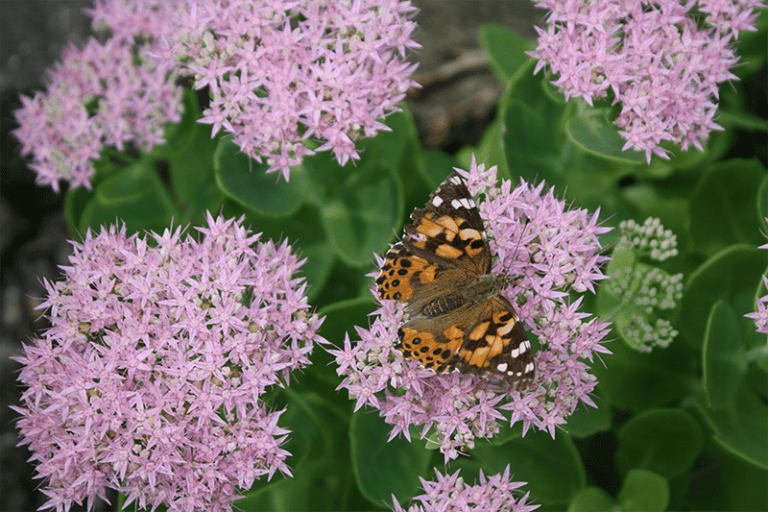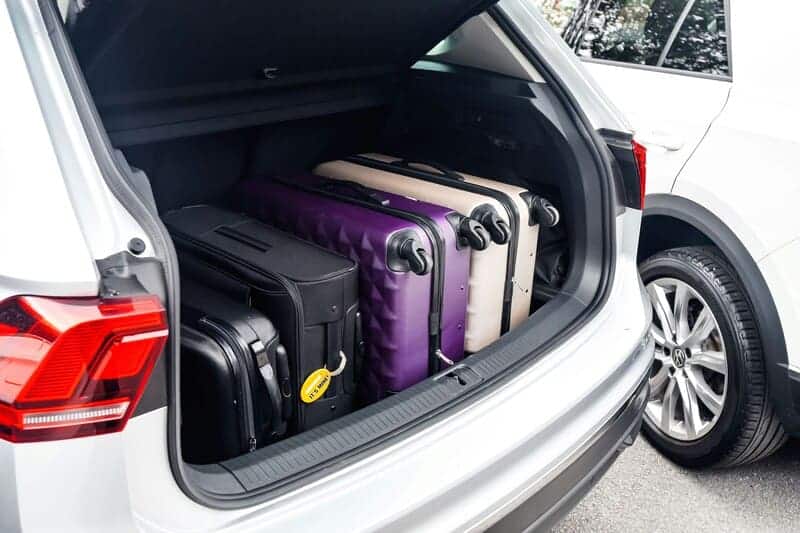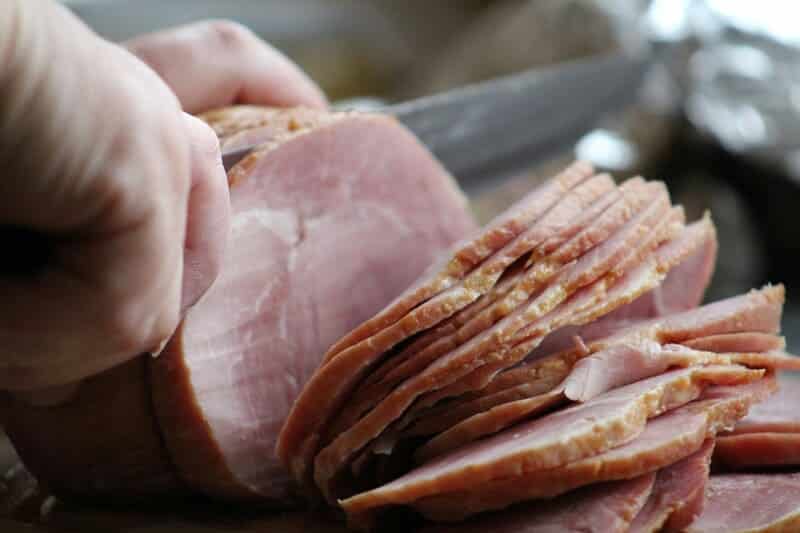With many major ecological crises like climate change and the continued destruction of natural habitats affecting the world, it can feel overwhelming to think about humans’ massive impact on the environment. These problems are so large that you might feel powerless to substantially help protect the environment or native species.
Although it may not seem like much, transforming your yard or other outdoor living space into a pollinator garden is a great way to provide a safe spot for bees, butterflies, and other insects in an ecologically perilous world. If you’re interested in helping native plant and insect species in your area, read on to learn how to create a pollinator garden for them.
Planning a Pollinator Garden
When deciding how to design, plant, and manage your pollinator garden, you should first figure out where to place the garden. Pollinators like bees and butterflies tend to favor wildflowers that grow in full and partial sun, so you should most likely put the garden in a mostly sunny area. You should also check out what types of soil you have in your yard. Some wildflowers grow better in sandy, well-drained soil compared to clay-like, wet soil, and vice-versa.
When purchasing plants, select wildflowers native to your area that bees and butterflies tend to favor. Native wildflowers are more beneficial to pollinator species because the flowers and the pollinators evolved together; thus, the flowers support a more diverse, abundant range of insects than non-native plants like butterfly bushes do. Avoid any flowers that have been treated with pesticides or insecticides; most times, native wildflowers don’t need these types of treatments to thrive.
To maximize its benefits for pollinators, make sure your garden always has flowers blooming throughout the growing season (from early spring to late fall) by planting flowers that last the entire season or mixing in plants that bloom at different times. This will allow insects to always be able to find blooming flowers to pollinate. If you’re not sure which plant species to choose, check out reputable online resources like the National Wildlife Foundation’s Native Plant Finder or visit a nursery near you that specializes in native plants.
Planting the Garden
Once you’ve chosen the ideal location and native wildflowers for your garden, you’re ready to move on to planting. If converting an existing lawn into a pollinator garden, use gardening tools to remove grass, clear current plant coverage, and turn and loosen the soil; if using raised beds or containers instead, make sure the ones you use are well constructed. After prepping your gardening area, add nutrient-rich compost soil to it.
If planting seeds, either disperse and cover them with soil in autumn or scatter them over the snow in late winter to let the sun warm and the melted snow water them. If starting with young plants, wait to plant them until after the frost season is over. Dig out holes just big enough to fit their roots, then cover the roots with soil or compost. Surround them with mulch to protect them from weeds. Weed and water the garden regularly to keep the plants healthy as they grow.
Caring For the Garden
https://gty.im/2164279752
Though people generally prefer keeping their lawns well-maintained, tidy, and orderly, your garden will be more welcoming to pollinators if it’s a little more wild and less tame. Since common lawn flowers like dandelions and clovers are also great food sources for pollinators, you might want to consider mowing less frequently to let these flowers bloom and attract more bees. Lawns that are mowed biweekly rather than weekly are likely to attract more bees.
Creating shelters and nesting sites among fallen leaves and inside brush piles can help these insects ride out the winter so they can continue pollinating the following spring. By planting native plants under trees and leaving plant debris and leaf litter alone, you can create soft landings for butterfly pupae. By piling up fallen leaves, building brush piles, and leaving some soil barren of grass or plants, you can create overwintering habitats and nesting sites for pollinators. Finally, by delaying late fall and early spring yard cleanups, you can prevent any insects living in plant debris from being disturbed or removed from the garden.
The Benefits of a Pollinator Garden
By helping plants produce fruits and seeds, pollinators support 85% of the world’s flowering plant species, 80% of crop species including fruits and vegetables, and 25% of birds and mammals that eat fruits and seeds as staples in their diets. Pollinator gardens provide spaces for these species to live, work, and avoid extinction; in turn, pollinators boost the health, productivity, and natural beauty of these gardens.
If you plant native fruits and vegetables in your garden and let bees pollinate them, you can enjoy those foods when they become ripe. By giving you a closer connection to nature, these gardens can also boost your mental health. In urban areas, these gardens can purify the air and water around them, reduce the urban heat island effect, and reduce flooding by managing excess storm water.
Final Thoughts
Species like bees and butterflies play vitally important ecological roles by pollinating numerous plants and providing food sources for humans and other animals. Important as they are, these animals aren’t immune to worldwide environmental crises like climate change. Many pollinators face potential extinction, which would severely damage food chains and ecosystems across the globe.
Though climate change is too large an issue for any one individual to solve, you can help pollinating species out by creating your own pollinator garden filled with native wildflowers for them to feed on and pollinate. These gardens provide safe habitats for these critically important species to thrive and extra benefits for humans and urban environments. If you want to make a small but beneficial impact on the environment, creating a pollinator garden where you live is a great place to start.
For More Great Content
Are you desiring top-tier content that covers everything? From thrilling sports and intoxicating entertainment news to gaming tips and professional betting advice, Total Apex covers it all. Delve into our no-fluff articles to stay ahead of the game with the latest sports action, uncover the hottest trends in entertainment, and get the latest scoops in the gaming industry that will take your experiences to the next level.
Finally, our betting advice will give you a decisive edge over the competition and increase your odds of beating the books. Whether you’re looking to stay updated or gain a competitive edge, Total Apex is your one-stop shop for all things compelling and relevant. Don’t forget we cover Fantasy Sports, too!
Check out all our sites: Total Apex Sports, Total Apex Fantasy Sports, Total Apex Entertainment, Total Apex Sports Bets, and Total Apex Gaming. Out of the ashes of obscurity will rise a beast. Always remember to Respect The Hustle! Follow us on Twitter/X @TotalApexSports to stay informed.









